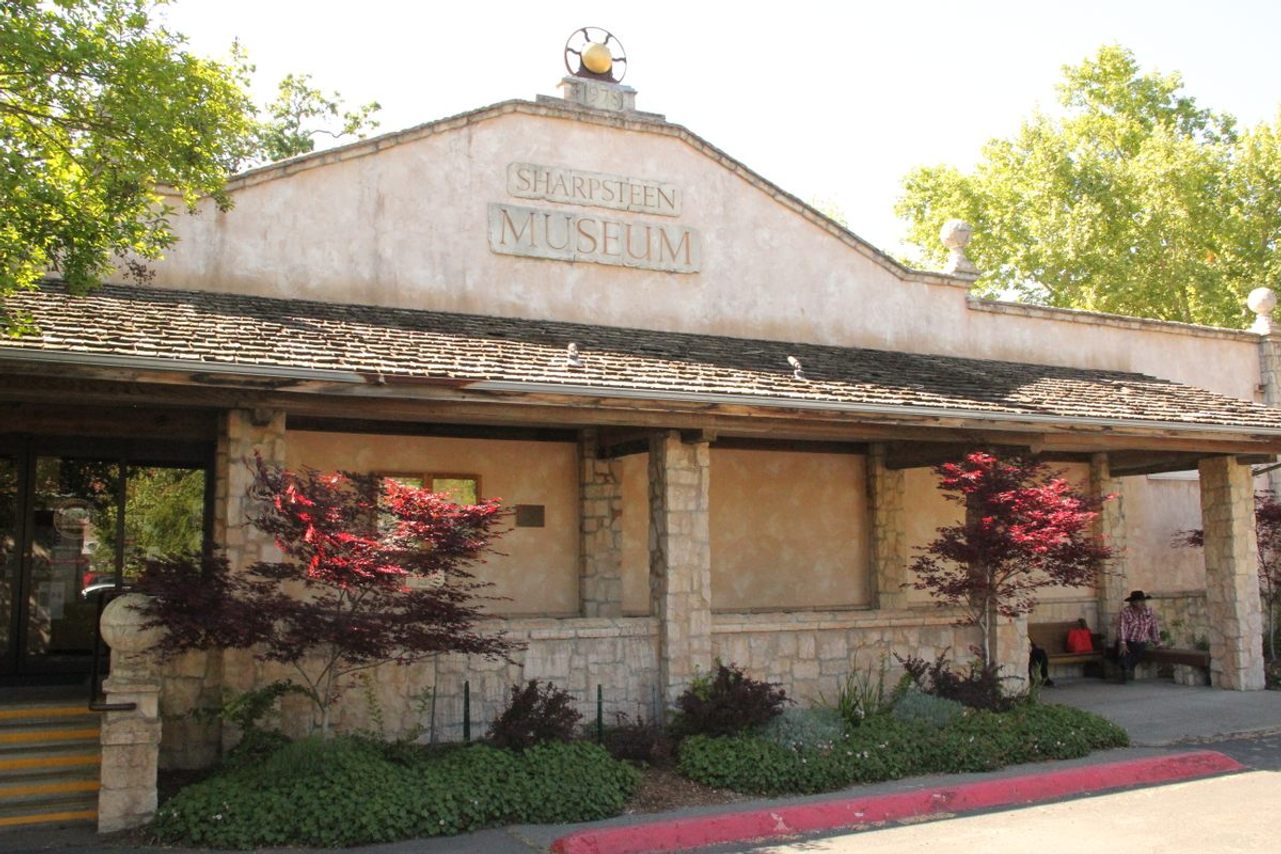
1. Keddie Wye
In railroading, a “wye” is a three-way intersection that allows trains to change directions (it’s helpful to remember that they’re shaped like the letter “Y”). It may sound like a simple concept, but it’s not so easy to build several hundred feet above a river.
The Keddie Wye is one of the most unique and ambitious feats of railroad architecture ever attempted, and the only wye on the planet with two segments on bridges that meet in a tunnel. It was completed in 1931 and was quickly inducted to the 7 Wonders of the Railroad World.
The daring wye created an early northbound route that could interchange with the Great Northern Railway and its traffic from the Pacific Northwest, and is still a heavily trafficked route to this day.
36179 CA-70 Quincy, California, 95971

2. Timbuctoo
No, it wasn’t anything like that Timbuktu, but as far as Wild West mining towns went, “Timbuctoo” was actually pretty spiffy. Located on the gold-bearing banks of the Yuba River, this town once boasted big brick saloons, theaters, and even a Wells Fargo bank. What made “Timbuctoo” so highfalutin was a short-lived mining method called hydraulic mining.
Instead of traditional pick-and-axe mining, hydraulic mining involves blasting highly pressurized water directly at a rock face, dislodging non-valuable rock and sediment to expose precious gold. But what’s good for business isn’t always good for the environment.
Over time, the sediment blasted away from the rock walls clogged the Yuba River with silt and caused flooding in many farming communities downstream. In 1884, a judge ordered an end to hydraulic mining and the town entered a period of rapid decline.
Today, Timbuctoo is a ghost town, but visitors can peruse the remains of several buildings that symbolized the apex of the once-bustling town.
7997 Timbuctoo Pl Smartsville, California, 95977

3. Sharpsteen Museum
As a child, Ben Sharpsteen spent his summers visiting his grandparents in Calistoga, California, a hot springs town in the Napa Valley. And throughout his life, he’d look back fondly on those idyllic memories. After a lengthy career as a Disney animator, director, and producer, Sharpsteen put his expertise toward telling Calistoga’s story, which is on display at the Sharpsteen Museum.
This charming local history museum may be donation-based, but the exhibits are all professional-grade. There’s an authentic 19th-century stagecoach, a model railroad that courses through a miniaturized Calistoga for just a quarter, and a 30-foot-long diorama depicting the original 1862 hot springs resort that first put the town on the map. There are also exhibits on both Disney and Sharpsteen’s family history.
A volunteer staff of deeply knowledgeable locals are on hand to give personal tours. If you don’t leave feeling like you know Sharpsteen personally, you’ll at least know this historic town a whole lot better.
1317 Washington St Calistoga, California, 94515

4. Locke Historic District
At a glance, Locke looks like your average Western desert town, with century-old facades, narrow streets, and dusty balconies. But take a closer look, and the Confucius statue, noodle shops, and Chinese medicine store will tell you that this place is different.
This quiet, 70-person town on the banks of the Sacramento River is the only standing town in the United States that early Chinese Americans built for themselves. After gold was discovered in California in 1849, many Chinese families moved to the U.S. to pursue economic opportunities. Eventually, some of these families built the town of Locke for themselves, which at one point featured a Chinese language school, a post office, and grocery stores, as well as multiple restaurants and hotels—all at a time when few other states allowed Chinese immigrants to even own land.
When the gold ran out, many left Locke to find work elsewhere, but a handful of historic businesses and buildings are still intact, and descendants of Locke’s first residents remain in town today. In 1990, the town was designated as a National Historic Landmark.
13967 River Rd Walnut Grove, California, 95690

5. Silver City Ghost Town
The town of Silver City calls itself a “ghost town,” but the fact is that no one ever really lived there. Sure, the buildings are real, and historic, but they’re all taken from legitimate ghost towns found across the region.
The idea behind Silver City was to create an open-air museum that showed visitors an intact mining town as it may have looked in the years after it was abandoned. To do so, the museum founders collected 20 different century-old buildings from ghost towns around central California’s Kern Valley, loaded them onto trailers, and situated them around a central courtyard in Bodfish, CA. Thus, Silver City was born.
There’s a post office, a jail, miners’ cabins, saloons, and thousands of artifacts all from actual abandoned gold-fever towns. Marquees spell out the history behind each building’s origins and name the towns from which they came. Think of it as the Greatest Hits of Central California’s Ghost Towns.
3829 Lake Isabella Blvd Bodfish, California, 93205

6. Pioneertown
Pioneertown is another manufactured Wild West town, but this one is more about entertainment than education.
This 1880s-themed “town” was originally built as a film set in the 1940s on the outskirts of Joshua Tree National Park. To avoid a daily commute from LA, actors and production crews would live in Pioneertown itself while filming Westerns throughout “town.” All in all, about 200 films were shot here throughout the middle of the 20th century.
The town is no longer a popular film set, but it has attracted a couple hundred permanent residents and enjoys regular visitors, with reenactors performing original shows every weekend in the center of town.
Kick in the swinging doors at the Red Dog Saloon, grab a burger at the Golden Stallion Restaurant, or hit the lanes at Pioneer Bowl, where Roy Rogers famously bowled a 211 in a cowboy hat and boots.
Pioneertown, California United States
Explore more family fun in California’s Ultimate Playground here

